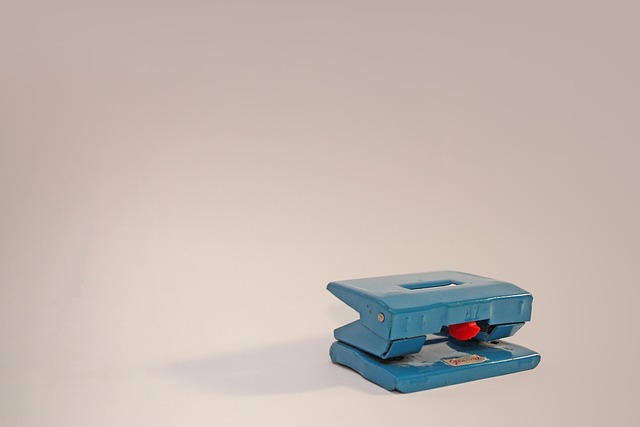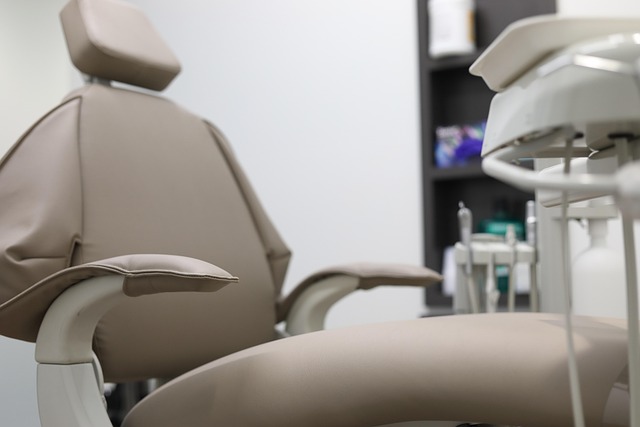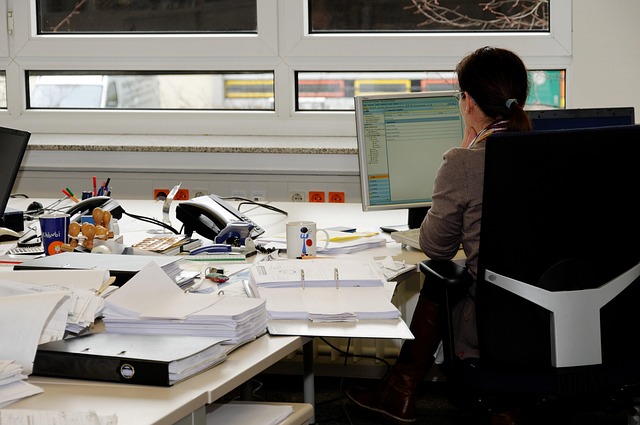In today's dynamic work environment, real estate spaces must evolve to accommodate distributed, virtual, and multidisciplinary teams. By focusing on flexible layouts, designers can create collaborative environments that blend open communal areas with quiet nooks, incorporating technology like adjustable desks, smart displays, and reliable Wi-Fi. This thoughtful design maximizes efficiency, fosters collaboration, boosts productivity, and promotes a positive work culture, ensuring real estate spaces remain vibrant hubs for modern workplaces.
In today’s dynamic work environment, real estate spaces must evolve to cater to evolving collaboration needs. This article explores the transformative power of flexible layouts in enhancing productivity and team morale. We delve into understanding the intricate dynamics of collaboration within real estate settings and provide key design considerations for creating adaptable environments. By embracing flexibility, organizations can cultivate vibrant, interactive workspaces that foster innovation and drive success.
Understanding Collaboration Dynamics in Real Estate Spaces

In today’s dynamic work environment, understanding collaboration dynamics is paramount in real estate spaces. Teams are increasingly distributed, virtual, and multidisciplinary, demanding flexible layouts that cater to diverse communication styles and tasks. Real estate professionals must recognize that open-plan offices, while popular, may not suit every team’s needs. By observing how teams interact—from informal brainstorming sessions to focused individual work—designers can create environments that foster productivity and collaboration.
This involves strategically placing collaborative spaces, quiet areas for deep thinking, and semi-enclosed rooms for small group discussions. Incorporating technology like adjustable desks, smart displays, and reliable Wi-Fi enhances these spaces, enabling seamless digital workflows. Such thoughtful design not only accommodates but also amplifies collaboration, ensuring that real estate spaces truly serve the evolving needs of modern workplaces.
Designing Flexible Layouts: Key Considerations for Efficiency

When designing flexible layouts for real estate spaces, the primary goal is to create an environment that promotes collaboration while maximizing efficiency. Key considerations include thoughtfully integrating diverse areas tailored to various team activities—from focused individual work and small group discussions to larger team meetings and social interactions. This involves balancing open, communal spaces with more private nooks, ensuring a mix that accommodates different workflow needs without compromising on the overall flow of the space.
Additionally, incorporating adaptable furniture, modular partitions, and versatile technology infrastructure is essential. These elements not only enable rapid reconfiguration for diverse events but also foster a dynamic work environment that keeps up with evolving collaboration trends. By prioritizing adaptability, real estate designers can create spaces that remain vibrant hubs for creative interaction and productivity.
The Impact of Adaptable Design on Team Productivity and Morale

In today’s dynamic work environment, flexible layouts in real estate play a pivotal role in fostering collaboration and enhancing team productivity. Adaptable design elements such as modular furniture, adjustable height desks, and moveable partitions allow for dynamic space rearrangement, catering to various team activities from brainstorming sessions to focused individual work. This flexibility not only accommodates changing project needs but also promotes a sense of ownership among team members, boosting morale and fostering an environment where ideas can freely flow.
Furthermore, the impact extends beyond the physical space; it influences the overall culture of collaboration. When teams have the ability to shape their workspace, they feel more invested in the outcomes of their efforts. This investment translates into higher engagement levels, increased creativity, and better problem-solving capabilities. As a result, adaptable designs contribute not only to efficient operations but also to the well-being and satisfaction of employees, creating a positive feedback loop that drives long-term success in any organization.






